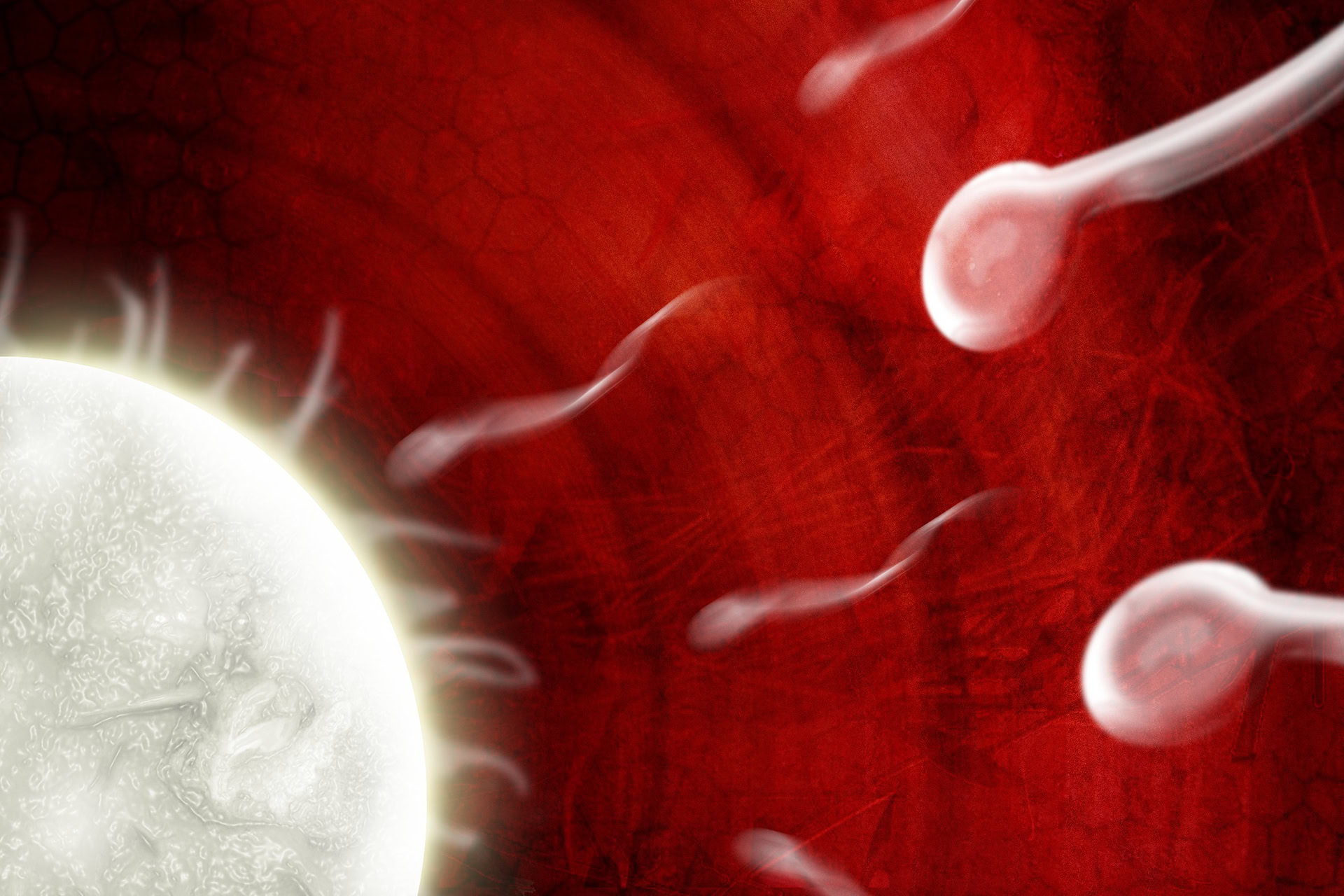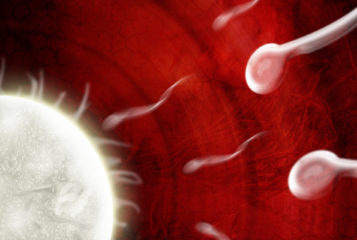Until twelve years ago, most people donating eggs or sperm via a UK clinic would be anonymous. In the eyes of the law, this donation was a generous gift that was handed over without continuing responsibilities or ties for the donor. In fact, continued involvement of the donor was usually discouraged.
Historically speaking, egg and sperm donation was perceived as so contentious that recipients were encouraged to go home and 'forget about it'. But then in the 1990s a shift started to take place, inspired from developments in adoption, away from secrecy and towards openness. There was a call to stop donations being anonymous so that donor conceived offspring could access identifiable information about their donor. Genetic information was perceived as fundamental to personal identity (1). As a consequence, in April 2005 policy around donor conception changed, and donors in licensed clinics now sign an identity-release form agreeing that any children born as a result of their donation may contact them when they reach the age of 18.
Recent research, including my own with Professor Carol Smart at the University of Manchester, has studied the experiences of donor-conceived children, their parents and wider family (see BioNews 702). Our new project exploring the experiences of being a sperm or egg donor seeks to understand how being an identity-release donor impacts on the everyday life of donors and their families. How is donating viewed from this perspective?
There is a growing body of research in this area, but to date it mostly explores the experiences of recipients of donor eggs of sperm. We know very little about UK donors' experience of donating, and some of the research that is there (2) was conducted when donors were still anonymous. Moreover, the important studies of Almeling and Nahman (3,4) tell us about donors in the US and Israel, but not what donating is like in the UK.
It is important to consider the shift towards identity-release donation in terms of donors' everyday life and relationships, whether or not donor offspring make contact. When we turn our gaze to looking at donors as not just 'free floating' individuals, but recognise that they are also someone's partner, mother or father, or son or daughter, new and important questions start to emerge. As donor-conceived people are now able to seek contact, donors are likely to deliberate on how to manage this trend towards openness within the context of their own everyday lives and relationships.
We know that having a child by donor conception impacts on people's relationships with their wider family. Does the same apply to donors? Through small scale studies into donors' experiences we know that donors may not tell people in their families about their donation. Evidence from small studies in Sweden suggests that close kin are key in shaping potential contact with donor offspring (5) but also that donors often feel hesitant about sharing information with said kin. Jadva et al found in a study of (mainly sperm) donors in the US that they may tell their partners, but are much more reluctant to tell their own parents or children (6). This means that knowledge and sensitivities are likely to become issues of negotiation between different family members; secrets may grow. Thus contemporary egg and sperm donation may introduce questions for whole family networks as well as new ways of relating. How are donors' relationships with their own partners, children and parents affected?
We know from looking at recipients' experiences that genes mean different things for different people (7). We also know that people can hold very contradictory views about what genetic relationships are and what they say about family, or how responsible we are for those with whom we share genetics. A donor's parents may feel upset that something which they regard as part of their family has been given away, or they may have mixed emotions at the knowledge that there are children in existence who they feel related to but whom they may never meet. Beeson et al found in a US based study of donors that grandparents can harbour strong feelings about donation, thus suggesting that it is important to consider how donating impacts on donors' relatives such as partners, parents and children (8). This is also significant in terms of what it means to be genetically related in this context. Do partners and parents claim the donor offspring as one of their own? How might different understandings or levels of responsibility towards donor offspring be felt and negotiated and impact on other relationships within the family?
Another dimension that is important to consider is if, when and how donors tell others about having donated. Parents of donor conceived children are now encouraged to speak openly about their child's genetic origins. However, research shows that translating that into practice is not always straightforward (7), with some deciding that secrecy remains the best way forward (9). What advice do donors receive, and what decisions do they make about disclosure? Do donors tell their partners, parents and children, and if so, what is that experience like?
We also know from previous research with recipients that donation is not something you can go home and forget about. It gives rise to relationships that travel into the future, and that can be felt to have an 'absent presence' in families (7). For example, there might be donor siblings to think about. A person who donates eggs or sperm when they were young may find their feelings change over the years. It is also likely that their family will have changed over the years between signing an identity-release form and the time when donor offspring may first make contact. Do unknown donor offspring create an 'absent presence' in the minds of donor partners and close kin? Do donors who donated as young women or men find that the psychological significance of donating changes as they grow older and their circumstances change? How do relationships change over time when people donate to someone they know?
These questions are at the heart of the new study 'Curious Connections: The Impact of Donating Egg and Sperm on Donors' Everyday Life and Relationships' which started January 2017 at the University of Manchester. The study is funded by the Economic and Social Research Council.
We will be inviting egg and sperm donors, their partners, and their parents to talk to us about their experiences in interviews that will start in 2018.
We are now inviting infertility counsellors for interviews. If you are an infertility counsellor who has worked with identity-release donors we would like to speak to you about the policy and practice around donation.
For more information about the project or to take part, please email Leah Gilman leah.gilman@manchester.ac.uk or Petra Nordqvist petra.nordqvist@manchester.ac.uk or see www.manchester.ac.uk/egg-and-sperm-donors.
Sources and References
-
2) Konrad, M. Nameless Relations. Anonymity, Melanesia and Reproductive Gift Exchange Between British Ova Donors and Recipients.
-
6) Jadva, V et al. Sperm and oocyte donors' experiences of anonymous donation and subsequent contact with their donor offspring
-
5) Daniels, K et al. Semen donors who are open to contact with their offspring: issues and implications for them and their families
-
8) Beeson, D et al. A new path to grandparenthood: Parents of sperm and egg donors
-
3) Almeling, R. Sex Cells: The Medical Market for Eggs and Sperm
-
4) Nahman, M. Extractions: An ethnography of reproductive tourism.
-
7) Nordqvist, P and Smart, C. Relative Strangers: Family life, genes and donor conception
-
9) Murray, C and Golombok, S. To tell of not to tell: the decision-making process of egg-donation parents
-
1) Turkmendag, I. The donor-conceived child's 'right to personal identity': The public debate on donor anonymity in the United Kingdom





Leave a Reply
You must be logged in to post a comment.